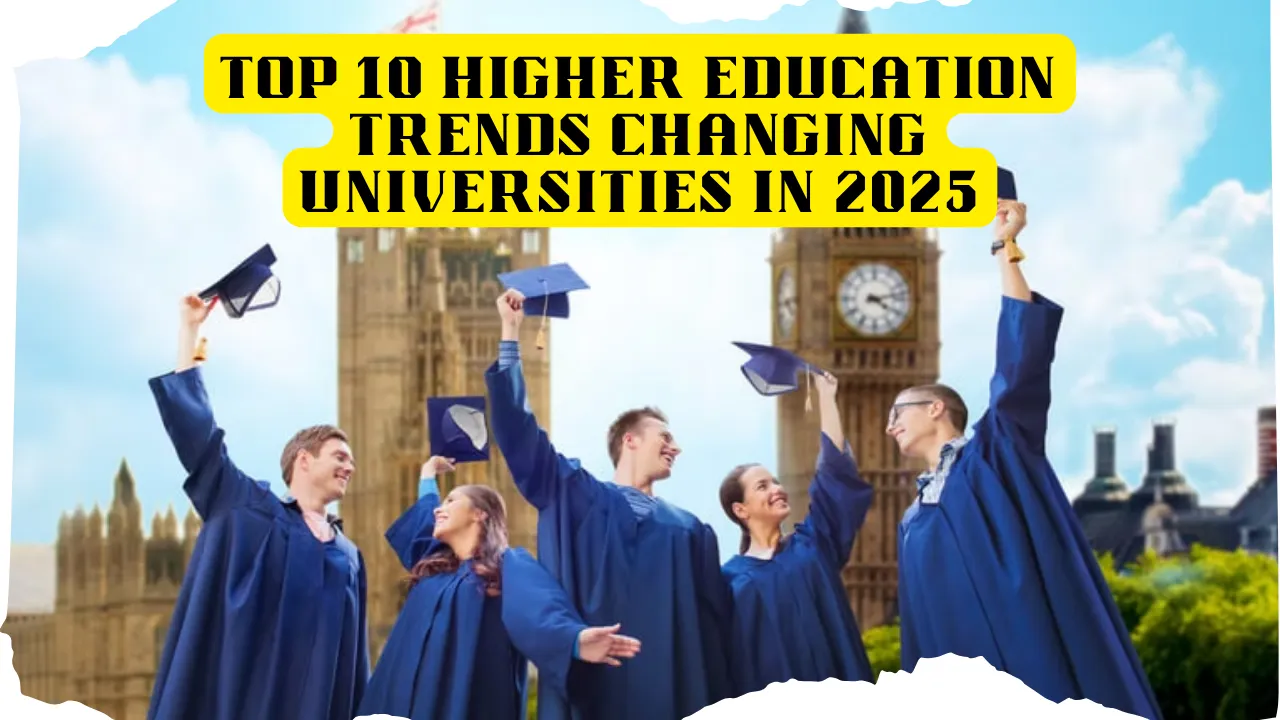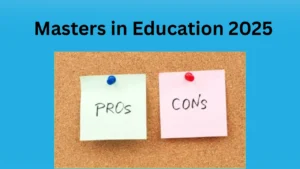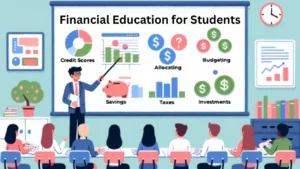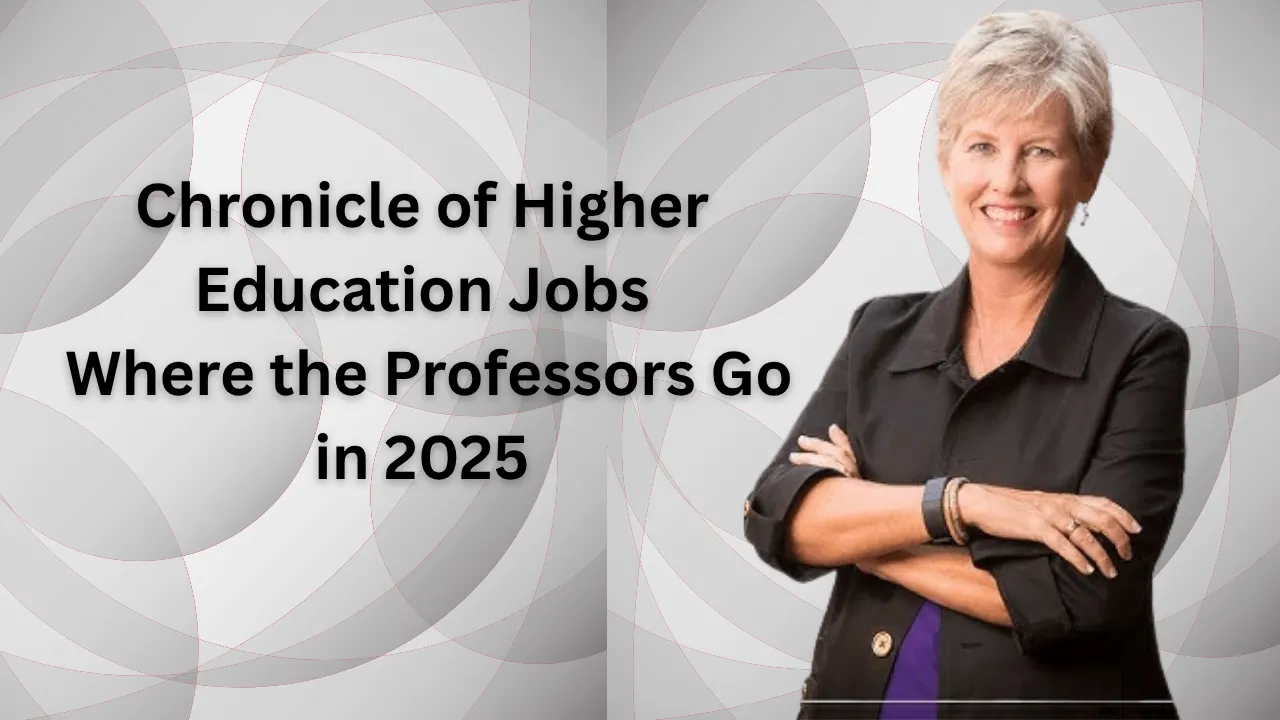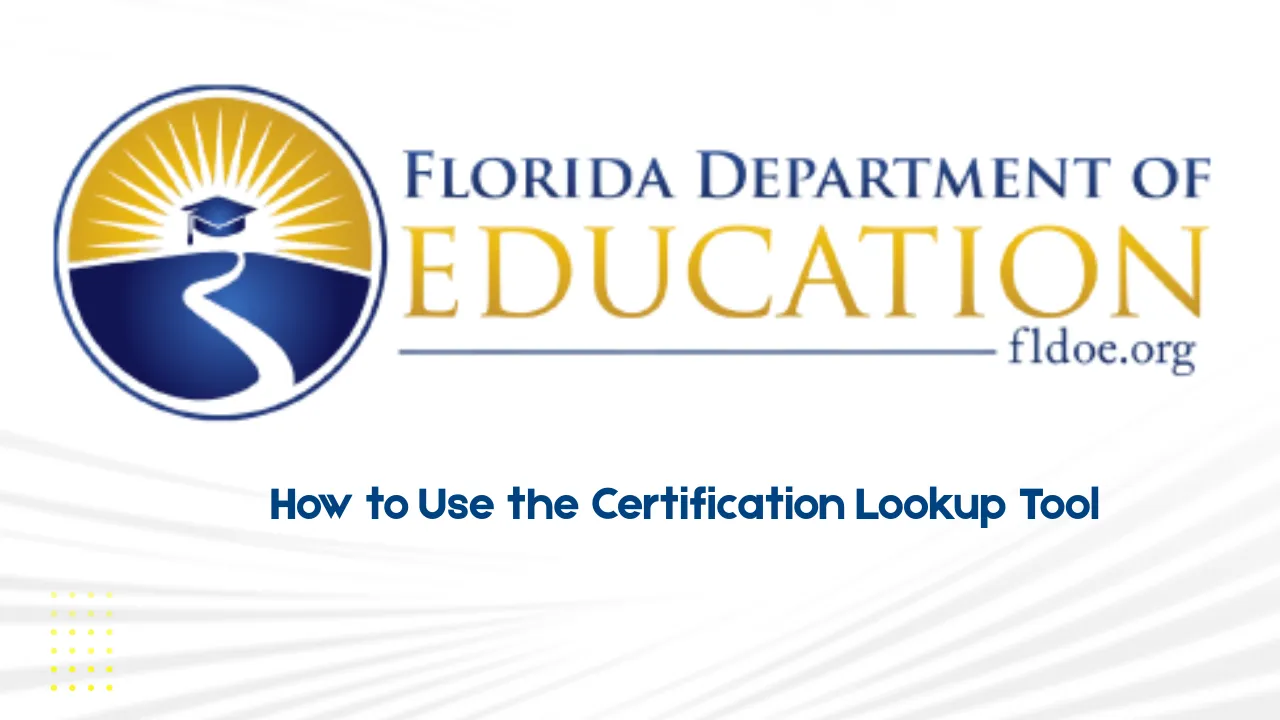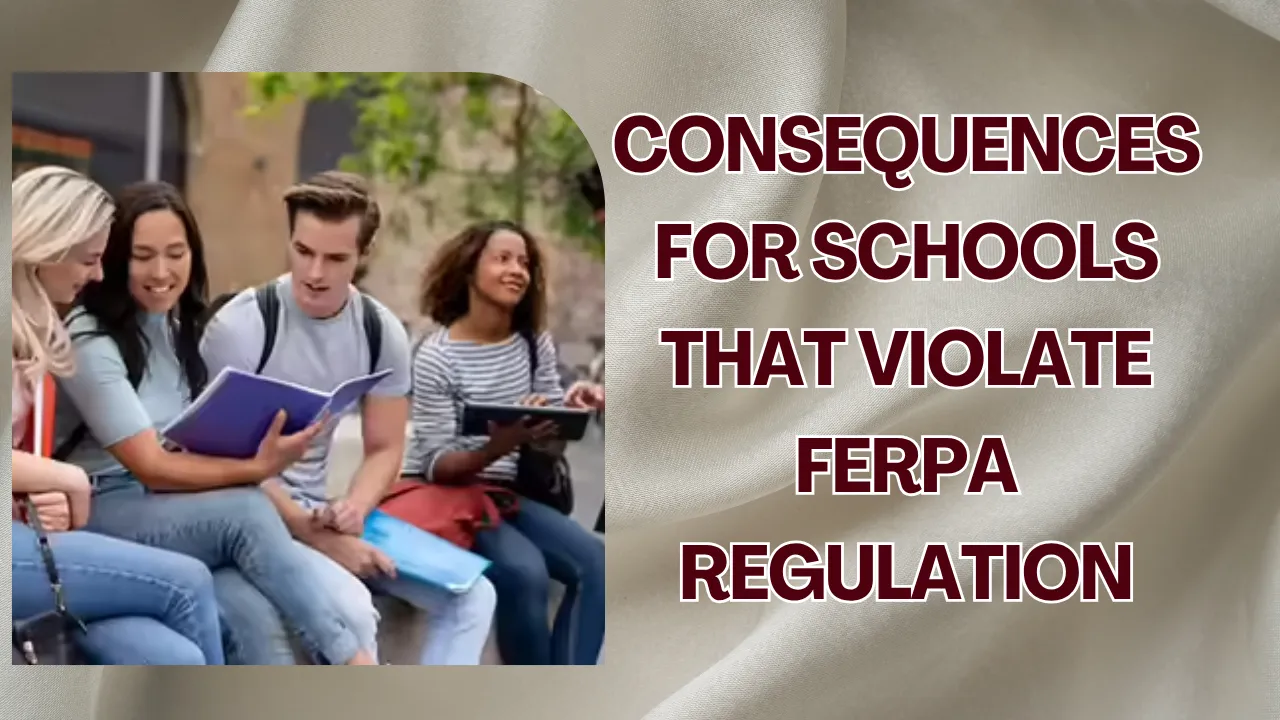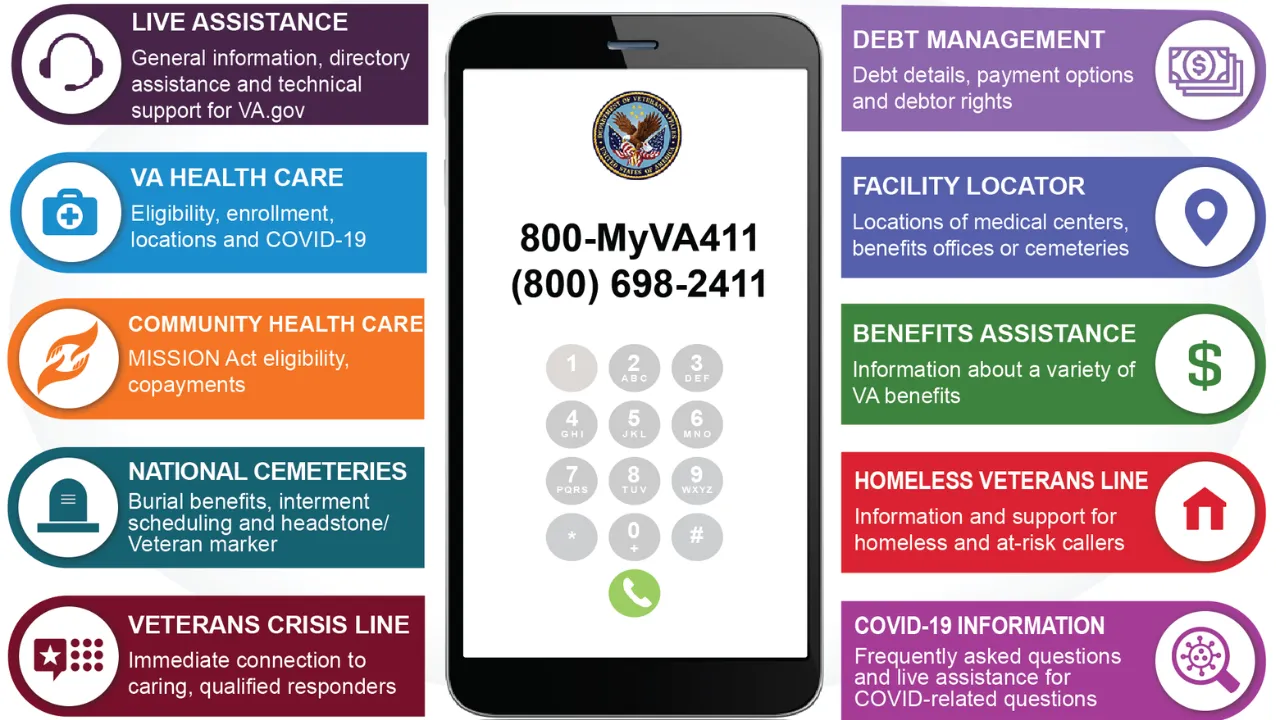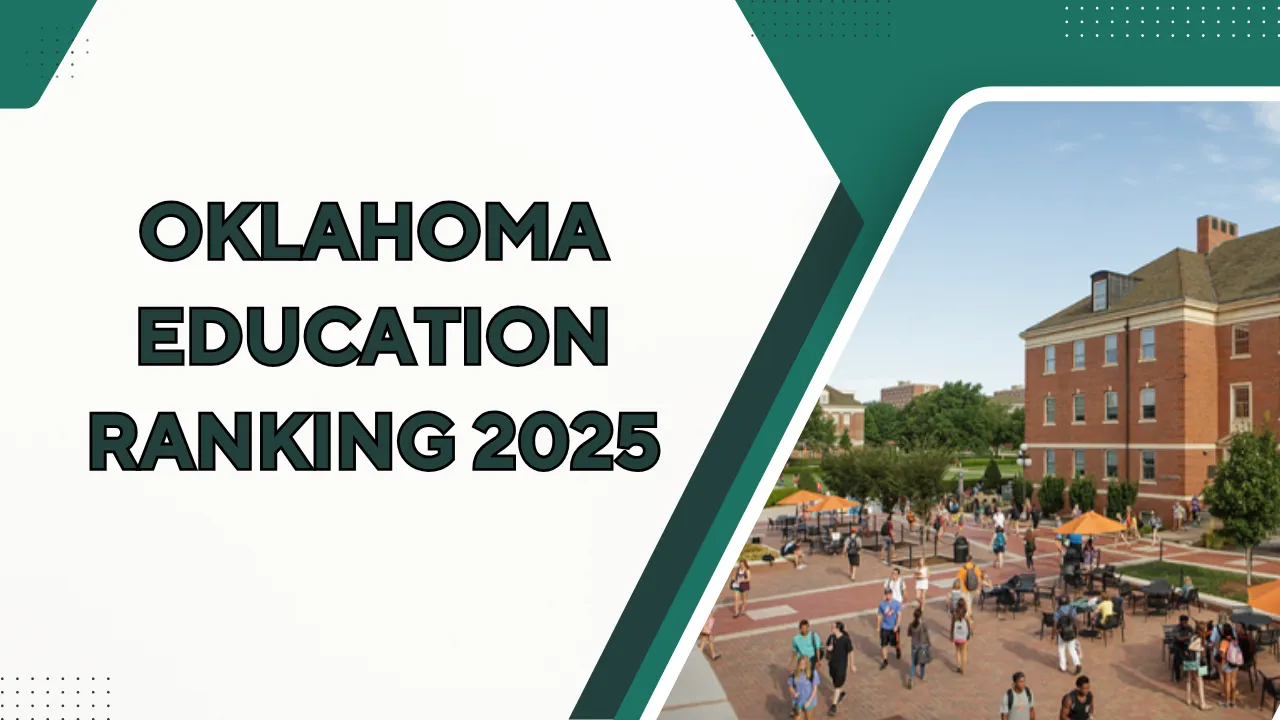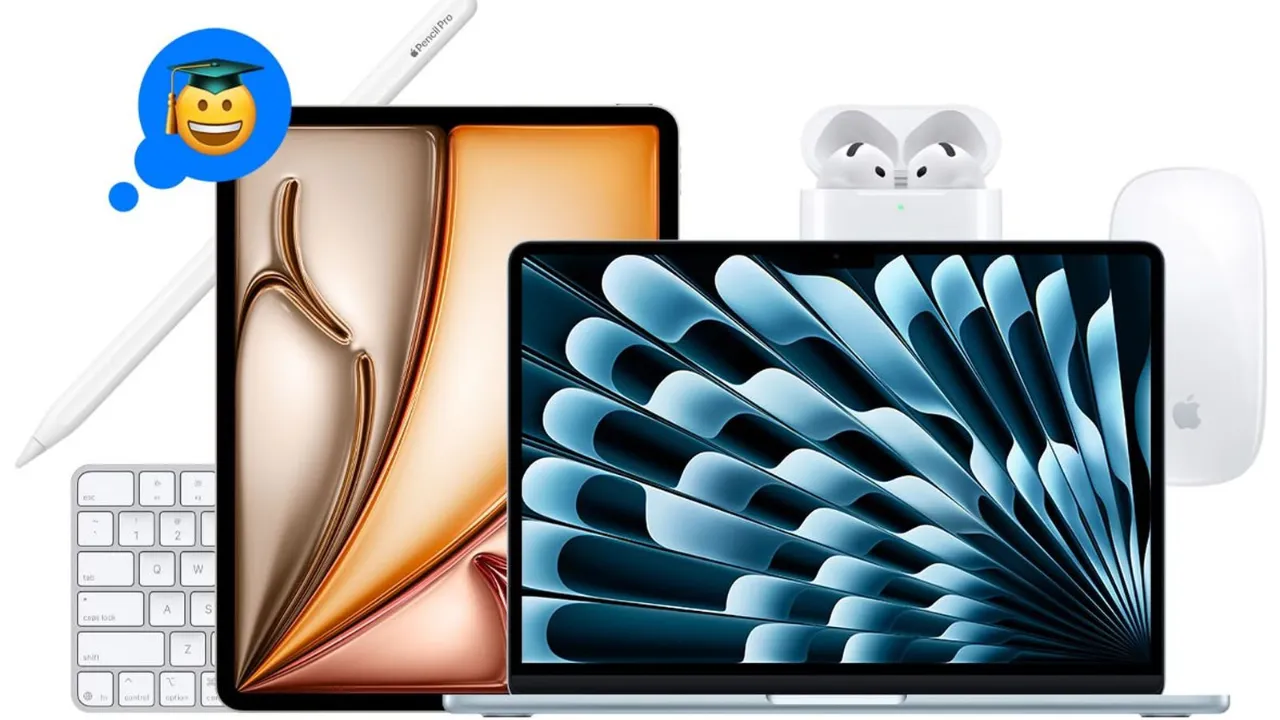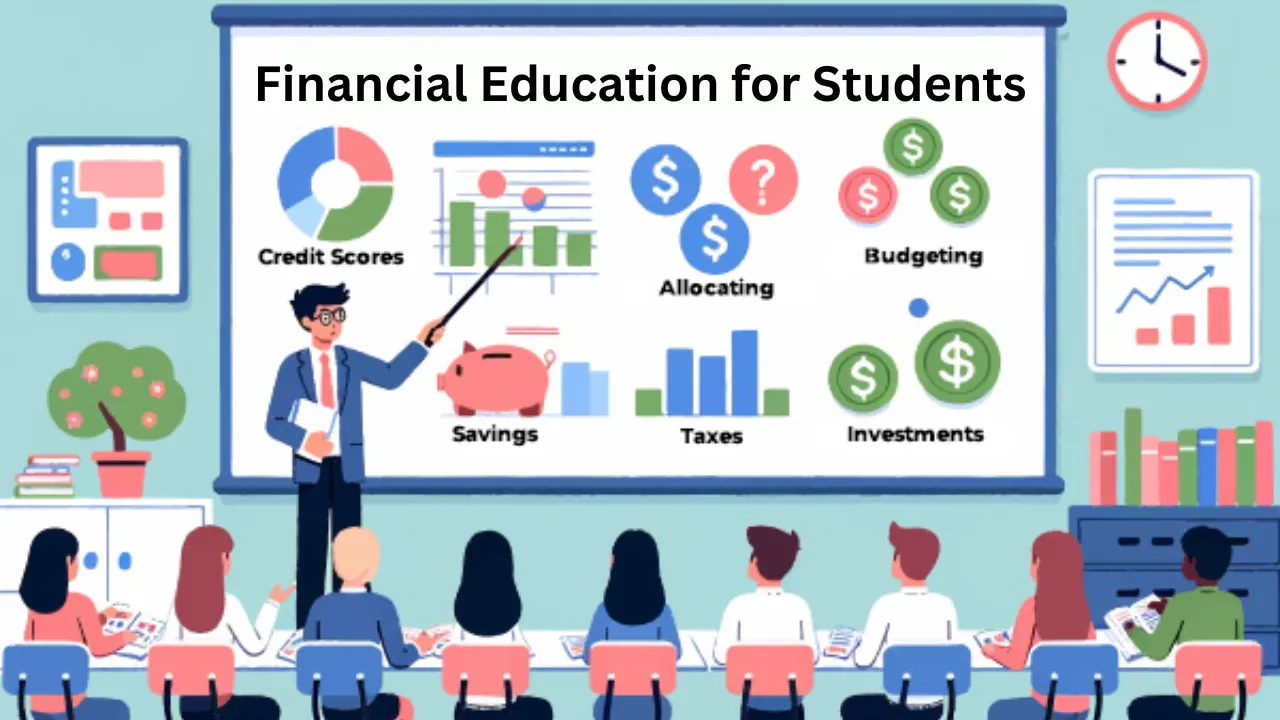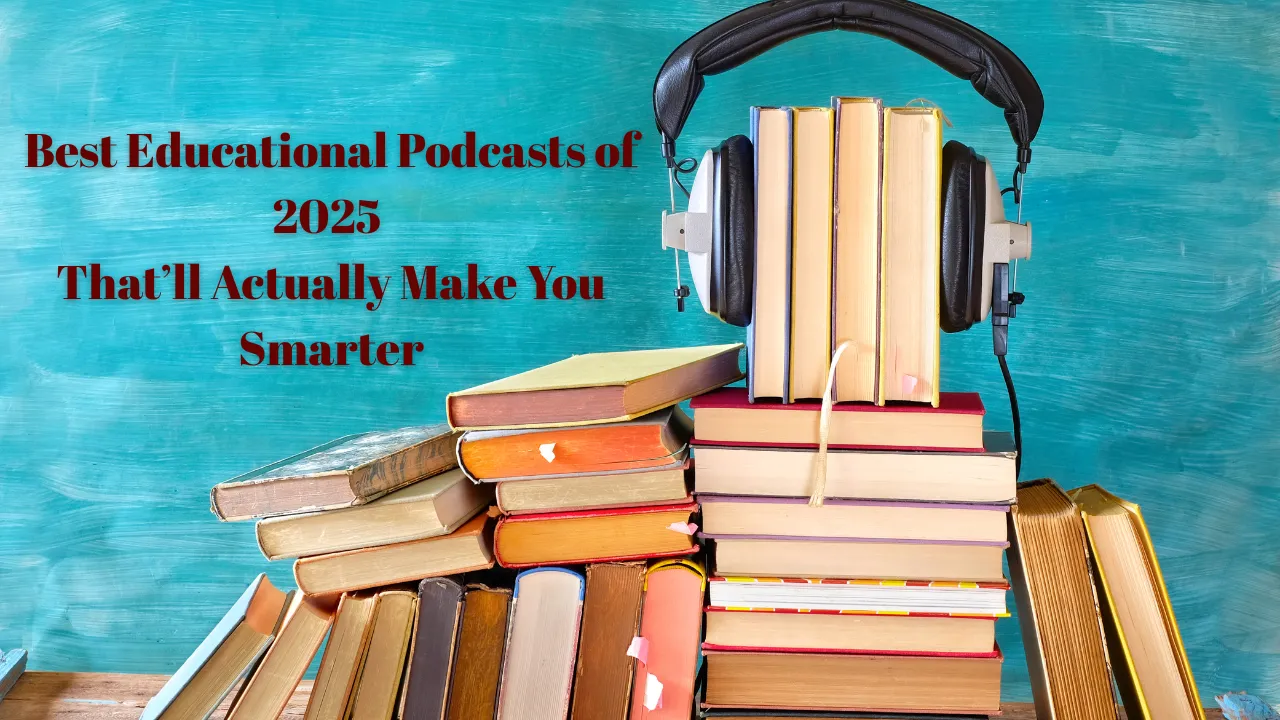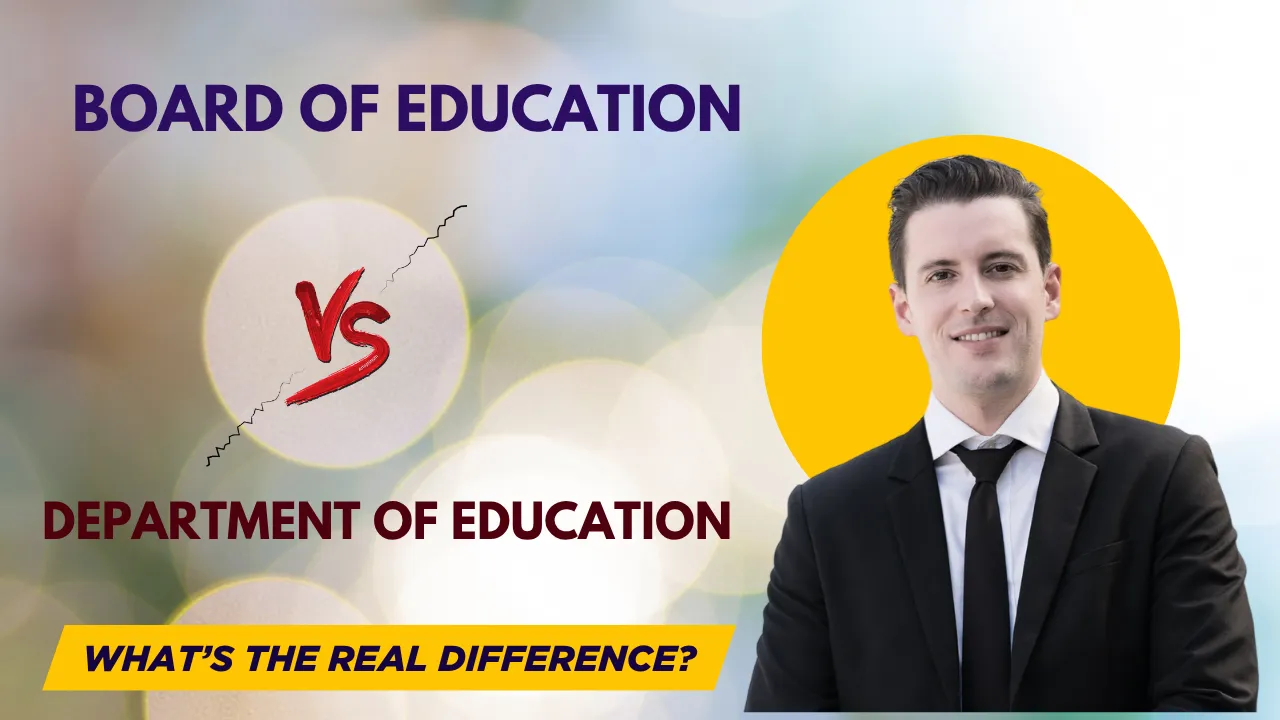Higher Education Trends in 2025: Higher education in 2025 is undergoing a remarkable transformation. As technology evolves and students seek more flexible, meaningful learning experiences, universities are adapting to stay ahead. This shift isn’t just about new tech—it’s a reinvention of the teaching model driven by purpose and student engagement.
With Higher Education Trends now shaping every aspect of campus life, institutions are embracing innovations that enhance accessibility, support mental well‑being, and build global competence. This article explores ten pioneering trends that are redefining what it means to earn a degree today.
Higher Education Trends in 2025
In 2025, Higher Education Trends are no longer optional innovations—they are essential responses to the changing needs of students and the workforce. These trends go beyond technological upgrades; they reshape the way institutions design curricula, deliver instruction, and support student success. From AI-driven learning paths to lifelong learning models, universities are rethinking their role not just as educators, but as enablers of future-ready individuals. As higher education becomes more interconnected, personalized, and career-focused, staying aligned with these evolving trends is key to ensuring institutions remain competitive and students graduate with the skills the world now demands.
Higher Education Trends in 2025 Overview Table
Here’s a quick glance at the major forces reshaping education right now:
| Trend | Why It Matters |
| Hybrid & Flexible Learning | Offers choice between in-person and online classes, expanding access and convenience |
| AI Integration | Uses data and automation to personalize and streamline learning |
| Practical, Skill-Based Programs | Replaces theory-only courses with hands-on training and job-ready abilities |
| Experiential Learning | Immerses students in real-world projects and internships |
| Cultural Intelligence | Supports global awareness through international study and virtual collaboration |
| Mental Health & Well-being | Prioritizes student resilience via counseling and stress reduction |
| Learning Analytics | Tracks progress to identify gaps and boost performance |
| Cybersecurity Focus | Protects data and fosters trust in digital systems |
| Public-Private Partnerships | Connects academics with industry for practical impact |
| Lifelong Learning Emphasis | Offers modular, stackable credentials for career changers |
Hybrid and Flexible Learning Models Become the Norm
Gone are the days when college meant being in a lecture hall five days a week. Now, flexible learning gives students the power to choose. A typical week might include a live seminar, a recorded video lecture, and group discussions online. This flexibility allows students with jobs, families, or disabilities to fully engage without sacrificing quality.
Universities are applying blended classrooms and hybrid schedules to stay accessible and modern. This model also helps reduce campus overcrowding and offers a more inclusive learning environment.
Pervasive Integration of Artificial Intelligence (AI) and Generative AI
AI isn’t futuristic—it’s here and transforming education now. Tools like analytics dashboards track student engagement. AI tutors offer customized feedback. Platforms generate suggested reading lists tailored to performance.
Generative AI, such as ChatGPT, is now integrated into coursework to boost creativity. Instructors are crafting guidelines to balance AI use and academic integrity. As a result, learning becomes both intelligent and intuitive.
Increased Emphasis on Practical, Skill-Based Education
In 2025, employers look beyond diplomas. They seek tangible skills: data analysis, critical thinking, project planning. Universities are responding through:
- Microcredentials: Short, targeted courses in areas like coding or design thinking.
- Capstone projects that simulate real-world challenges.
- Internships and live clinics embedded in degree tracks.
This model empowers students to build useful expertise and improve their career readiness.
Rise of Experiential Learning Opportunities
Nothing beats learning like doing. Universities are creating rich experiential learning environments:
- On-site or remote internships.
- Collaborative research with faculty.
- Service-learning projects in local communities.
These experiences help students apply theory, build soft skills, and make meaningful connections in their field.
Focus on Global Competence and Cultural Intelligence
Today’s world needs global thinkers. To foster cultural intelligence, universities offer:
- International partnerships for study abroad or dual‑degree programs.
- Virtual exchange across borders, without travel.
- Globally focused coursework on subjects like climate policy or migration.
This ensures students are well-equipped for work in diverse, international teams.
Enhanced Mental Health and Well-being Support
Academic success isn’t just about grades—it’s about health. Rising stress and anxiety have pushed universities to:
- Provide on-campus counseling and stress-relief programs.
- Launch peer mentoring networks.
- Offer flexible deadlines and hybrid wellness courses.
The result? A campus environment that supports students holistically, increasing both retention and success.
Data-Driven Decision Making and Learning Analytics
Learning analytics harness student performance data to guide interventions. Faculty can monitor who is falling behind, what assignments are most engaging, and where course adjustments are needed.
Universities are also using data dashboards to forecast enrollment trends, tailor academic advising, and better allocate resources. Data isn’t just for research anymore—it’s central to effective teaching and support.
Growing Importance of Cybersecurity and Data Privacy
With digital platforms at their core, universities collect vast amounts of student information. As a result, protecting data integrity is essential. Institutions are now:
- Enforcing strong cybersecurity policies.
- Hosting regular risk training for staff and students.
- Investing in secure cloud infrastructure.
These measures build trust and ensure compliance with national and international privacy laws.
Strategic Public-Private Partnerships
Universities are teaming up with businesses not just for funding, but to co‑create learning experiences:
- Companies help design industry-relevant curricula.
- Firms sponsor student projects and labs.
- Graduates benefit from mentorship and job pipelines.
This collaboration ensures academic learning is grounded in real-world needs.
Emphasis on Lifelong Learning and Non-Traditional Learners
Education is no longer a one-time event. People change careers, update skills, and explore new fields—sometimes decades into their career. To meet this need, universities are offering:
- Stackable microcredentials that build into full degrees.
- Flexible delivery through evening classes, online modules, or bootcamps.
- Alumni learning plans to encourage ongoing skill development.
As a result, higher education becomes more adaptive and inclusive.
Final Words
The wave of Higher Education Trends in 2025 is a thrilling evolution—one that empowers students, supports faculty, and enriches society. These innovations are helping universities stay relevant in a rapidly changing world. And the best part? You can be a part of it.
If you’re a student: explore hybrid programs, ask about skill-based courses, and make mental well‑being a priority.
If you’re an educator: experiment with AI tools, seek industry partnerships, and champion data-informed strategies.
If you’re a lifelong learner: take advantage of microcredentials, online modules, or certificate programs that fit your life.
Ready to ride this wave? Share this article, discuss these trends with peers, and take your next step in the new era of higher education today.
FAQs
1. What are the most important higher education trends in 2025?
The key trends include hybrid learning, AI integration, skill-based education, mental health support, and a focus on lifelong learning, all aimed at improving flexibility, relevance, and student well-being.
2. How is AI being used in universities today?
AI is used for personalizing learning content, automating administrative tasks, tracking student performance, and enhancing classroom creativity through generative tools like ChatGPT.
3. Why is experiential learning gaining popularity?
Experiential learning bridges the gap between academic theory and real-world application, helping students gain practical skills and career experience before they graduate.
4. How do microcredentials benefit students?
Microcredentials offer short, focused learning on specific skills, allowing students to quickly gain job-relevant knowledge and build stackable credentials for long-term education goals.
5. Are these trends relevant for non-traditional students?
Yes, higher education trends like online learning, flexible schedules, and modular courses are especially beneficial for working adults, parents, and career changers seeking accessible education paths.
